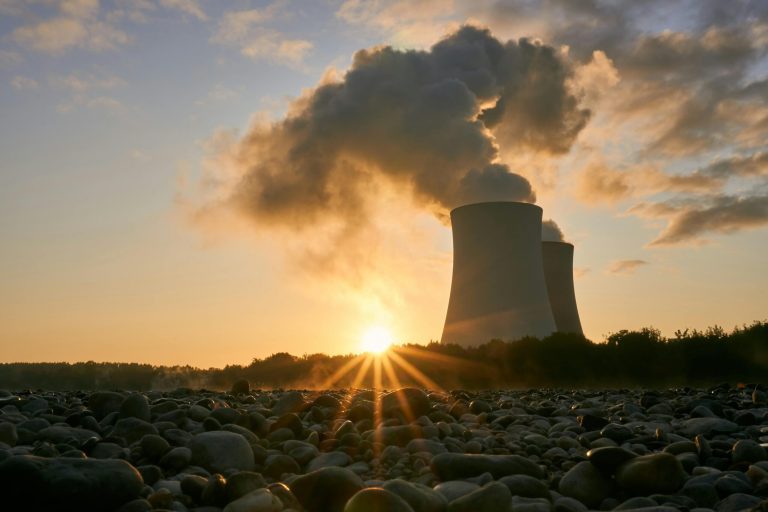The ServiceNow stock price has declined significantly over the past few months, dropping from a high of $1,196 in January to its current level of $772. It has dropped by over 35% from its highest level this year, meaning that it is now in a bear market. This article explains what to expect ahead of its financial results next week.
ServiceNow’s business is thriving
ServiceNow is one of the top technology companies in the United States. It provides a cloud-based platform that provides IT Service Management (ITSM) services. Its main business is to manage and automate workflows for IT services, customer services, and low-code development.
The company provides its services to thousands of companies in the US and other countries. Some of the other clients are firms like Accenture, Adidas, Amazon, Walmart, Apple, and Vodafone Group.
ServiceNow’s business has done well over time as the needs for its solutions rose. Its annual revenue has jumped from $4.5 billion in 2020 to over $10.98 billion in 2024. Also, the company’s profits have been rising in the past few years.
NOW earnings ahead
The next key catalyst for the ServiceNow stock price will be its financial results, which will come out next week.
According to Yahoo Finance, analysts expect its results to show that its revenue rose by 18.5% to $3.09 billion. The average earnings-per-share estimate is expected to be $3.83, higher than the previous estimate of $3.41.
ServiceNow has a long history of beating analysts’ estimates. For example, its EPS was higher than estimates by $0.01 in the last earnings and by $0.27 a quarter earlier.
While the initial earnings often move stocks, the forward estimate is usually a bigger catalyst. The average estimate by analysts is that its current quarter’s revenue will be $3.11 billion, while its annual revenue will be $13.02 billion. If these numbers are accurate, it means that its full-year figure will be 18.5%.
Valuation concerns remain
One of the top concerns about ServiceNow has always been its valuation. Data shows that its price-to-earnings (P/E) ratio stood at 112.8, down from last year’s high of 179.
Its forward P/E ratio stood at 95.7, much higher than the sector median of 23.2. The non-GAAP P/E ratio is 48.7, also higher than the median of 18.
These numbers are huge, especially when compared with other SaaS companies like Adobe, Microsoft, and Salesforce. Adobe has a forward P/E multiple of 21, while Microsoft and Salesforce have multiples of 28 and 22, respectively.
For a SaaS company like ServiceNow, the best approach to value it is the rule-of-40 metric, which compares its growth and margins.
ServiceNow’s revenue growth is about 21%, while its net profit margin is 16%, giving it a rule-of-40 metric of 38%. That is a sign that the stock is a bit overvalued. However, adding its revenue growth and its FCF margin of 37% shows that it is not all that overvalued.
Read more: ServiceNow stock price analysis as a dangerous pattern forms
ServiceNow stock price analysis
The daily chart shows that the NOW share price has crashed from a high of $1,196 in January to the current $722. It formed a double-top point at that point, which marked its turnaround. The stock has dropped below the ascending trendline that connects the lowest swings since May 5.
ServiceNow stock price has also formed a death cross after the 200-day and 50-day moving averages crossed each other. This is one of the most popular bearish crossover patterns.
Therefore, it will likely continue falling after earnings, with the initial target being at $680. A move above the ascending trendline will point to more gains.
The post Is ServiceNow stock a buy or a sell ahead of earnings? appeared first on Invezz









